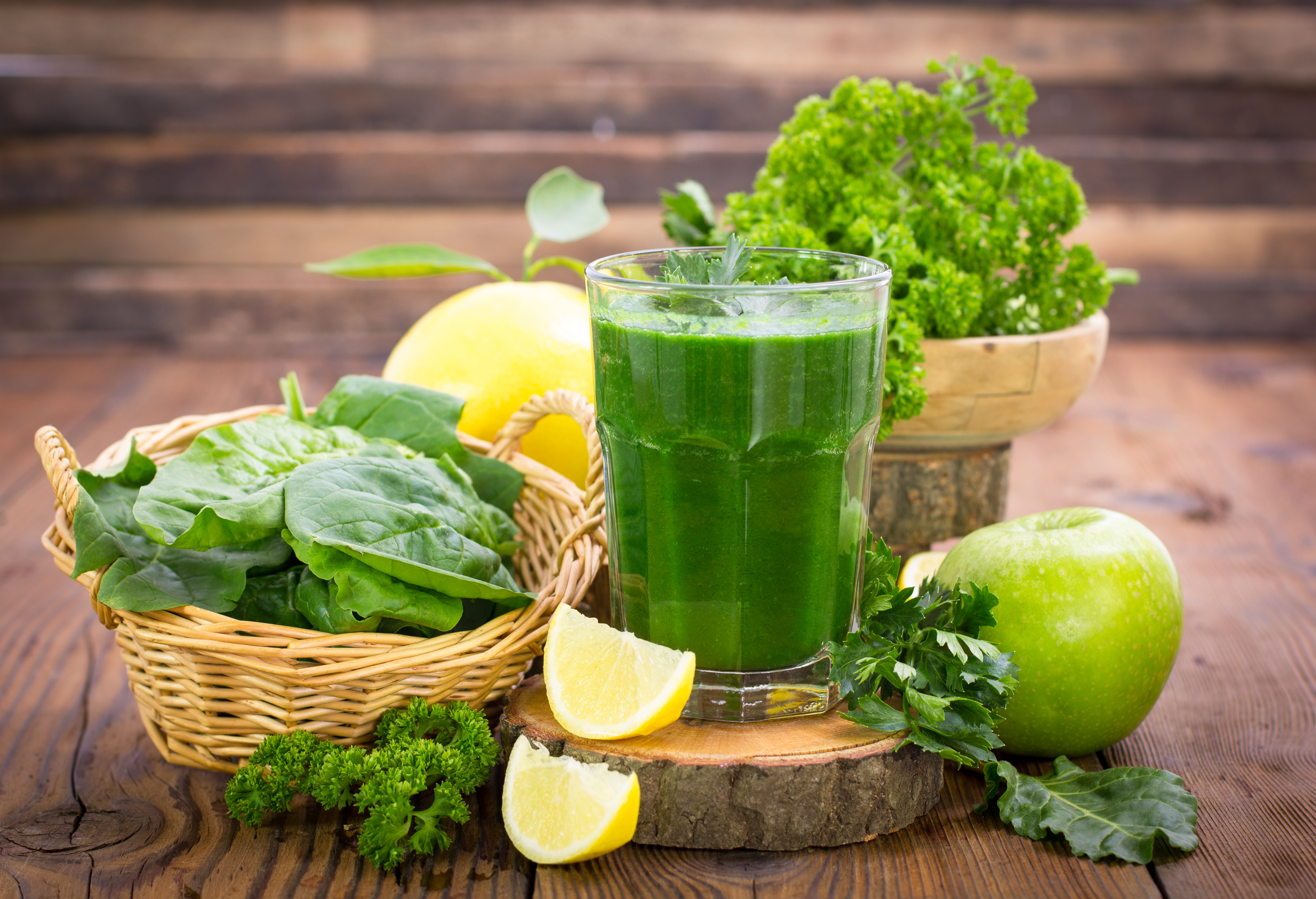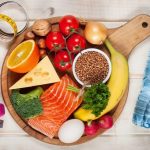It’s 2019 and climate change is on most people’s radar, especially us Miamians. By now you’re likely already aware of the role carbon emissions play in our environment. Fuel efficient and electric vehicles continue to gain traction. But did you know your diet can also affect climate change in powerful ways? One-quarter of the planet-warming green houses gases are from the world’s food system. Cows burp and release methane as flatulence and fossil fuels are utilized to operate farm machinery and ship food around the United States and the planet.
Don’t worry — this isn’t an article trying to convience you to go vegan. Plant-based diets are not plant-only diets! This article will discuss three main categories on ways to lower your carbon footprint through your eating habits.
1 – Go Plant-Based, But Animal Supported
Beef and lamb are the largest contributors to greenhouse gases amongst animals Americans eat. But all animal proteins (poultry, dairy, eggs) emit more when compared to plant-based proteins. It takes more land, energy and water to produce one pound of animal protein than it does to produce one pound of plant protein. As far as seafood is concerned, a number of wild fish (anchovies, sardines, herring, tuna, cod, haddock) have, on average, a lower carbon footprint than poultry or pork.
Tips:
- Experiment with a few vegetarian or vegan meals a week.
- Swap beef with fish more often
- Plant-based can mean well-raised animal-supported; don’t think in ‘black and white’ terms
2 – Reduce Food Waste
How many times have you gone grocery shopping with the best intentions to eat more plants by purchasing fruits and vegetables (typically ones you don’t usually eat) only to watch them rot in the back of your fridge over the following two weeks? At Essence we always encourage our clients to have meals and recipes in mind when purchasing food. Know what you are going to do with these plants when you purchase. Some estimates say Americans throw away 20% of the food they buy. Think of all of the energy it took to grow, pick, and ship that food to your local grocery store. Many times these foods are coming from a different country! It took physical energy and human energy to harvest, pack, transport, stock, organize, and purchase those foods
Tips:
- Have a grocery list (with specific recipes) when heading to the store
- If you see fruit starting to over ripen, freeze it! These super ripe fruit make great smoothies
- If your veggies are starting to look like they need to be cooked ASAP, make a stew or soup
3 – Reduce, reuse, recycle
Everytime you purchase a plastic water bottle, use plastic utensils or plastic shopping bags you are increasing the demand for their production. Many people already bring their own bags when they go grocery shopping, but I would encourage you to use them until they are so beat up and ugly that you question if that watermelon will fall out the bottom!
Tips:
- Carry a reusable water bottle with you everywhere. Not only will this help you stay hydrated throughout the day, but you won’t need to purchase a plastic water bottle when you get thirsty.
- Carry a reusable cutlery set in your bag for lunches during the week. There are great combo packs that not only have fork, spoon and knife but also chopsticks and a reusable straw!
- No need for plastic sandwich bags anymore for snacks or sammies — plenty of brands make reusable ones like these
- Bring a reusable bag to the grocery store. Also when running into a drug store for a quick purchase, skip a bag altogether. Do you really need a bag for that toothpaste? There’s a reason your comically oversized purse is now in style — use it!
* Check out this quiz from the New York Times to see how your diet contributes to climate change: https://www.nytimes.com/interactive/2019/04/30/climate/your-diet-quiz-global-warming.html
*Images via the New York Times






